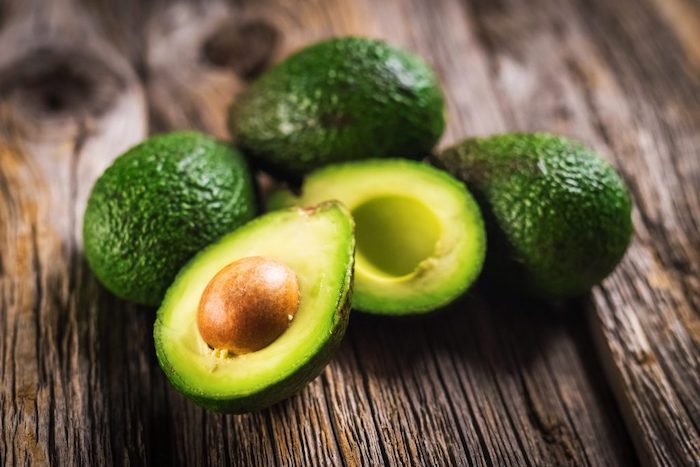Agronometrics in Charts: Favorable prospects for Peruvian avocados

In this installment of the ‘Agronometrics In Charts’ series, Sarah Ilyas reviews the state of the Peruvian avocado season. Each week the series looks at a different horticultural commodity, focusing on a specific origin or topic visualizing the market factors that are driving change.
The mass protests that have wreaked havoc on Peru’s agriculture appear to be losing momentum, increasing the likelihood of an economic revival with President Dina Boluarte still in power.
“It looks as though things are changing for the better,” says Eduardo Jimenez from economic consultancy, Macroconsult. “February should have economic growth somewhat higher than what we saw in January.”
Peru’s agriculture industry appears to have recovered the most, he added, as key highways were reopened in the middle of the key grape harvest.
The Association of Hass Avocado Producers of Peru (ProHass) has projected that the country will export 624,000 tons of avocado in 2023, i.e. 12.5% more than in 2022.
Carlos Paredes Rosales, the President of ProHass said that this amount is almost twice as much as the 338,549 tons that the country shipped out in the 2018 campaign. He said that 2023 is different from previous years since there is not much avocado production in Spain, South Africa, and Israel, among other African countries, which comes out in the first two months of the year, resulting in a market that is undersupplied and into which the Peruvian offer will fit very well.
Referring to the markets, he said that in this campaign the entity hopes to decentralize the fruit to various destinations, that is, not to be so focused on Europe and to send more Hass avocados to the United States and Asia.
"For last season we had very good comments on the quality of the shipments. So, we believe that this year the situation will be similar. The actors who are in this industry already know the product and they are not going to make the mistake of putting out the fruit with low dry matter," he said.
Source: USDA Market News via Agronometrics. (Agronometrics users can view this chart with live updates here)
“In 2022 the perfect storm came around, there was an overproduction of avocados throughout the northern and southern hemispheres, so there was a lot of fruit at the beginning of the year, which marked a start to the campaign with low prices, which lasted the entire season. In the late phase of the campaign, prices rose a bit, but the Peruvian offer was already ending," Paredes recounted.
He also referred to the 60,091 hectares of Hass avocado that were registered in the country in 2022, projecting that production will continue to increase in the next few years.
The country, however, is also caught up in the global fertilizer supply crisis. Last year’s shock to the $250 billion global fertilizer industry underscored the role of Russia and Belarus as exporters of almost a quarter of all world crop nutrients.
While Russia’s agricultural products including the three main types of fertilizer — potash, phosphate and nitrogen — are not subject to sanctions, exports continue to be hampered by a combination of port, shipping, banking, and insurance problems. The previous Peruvian government announced subsidies for the smallest farmers, but implementation was patchy, said Valeria Pineiro, IFPRI’s acting head for Latin America.
“The small farmer hasn’t necessarily been able to apply fertilizer, or has applied very little,” meaning loss of productivity and even damage to plants, Peru is being hit hard”, says Pineiro.
Source: USDA Market News via Agronometrics. (Agronometrics users can view this chart with live updates here)
In our ‘In Charts’ series, we work to tell some of the stories that are moving the industry. Feel free to take a look at the other articles by clicking here.
All pricing for domestic US produce represents the spot market at Shipping Point (i.e. packing house/climate-controlled warehouse, etc.). For imported fruit, the pricing data represents the spot market at Port of Entry.
You can keep track of the markets daily through Agronometrics, a data visualization tool built to help the industry make sense of the huge amounts of data that professionals need to access to make informed decisions. If you found the information and the charts from this article useful, feel free to visit us at www.agronometrics.com where you can easily access these same graphs, or explore the other 21 commodities we currently track.

















































